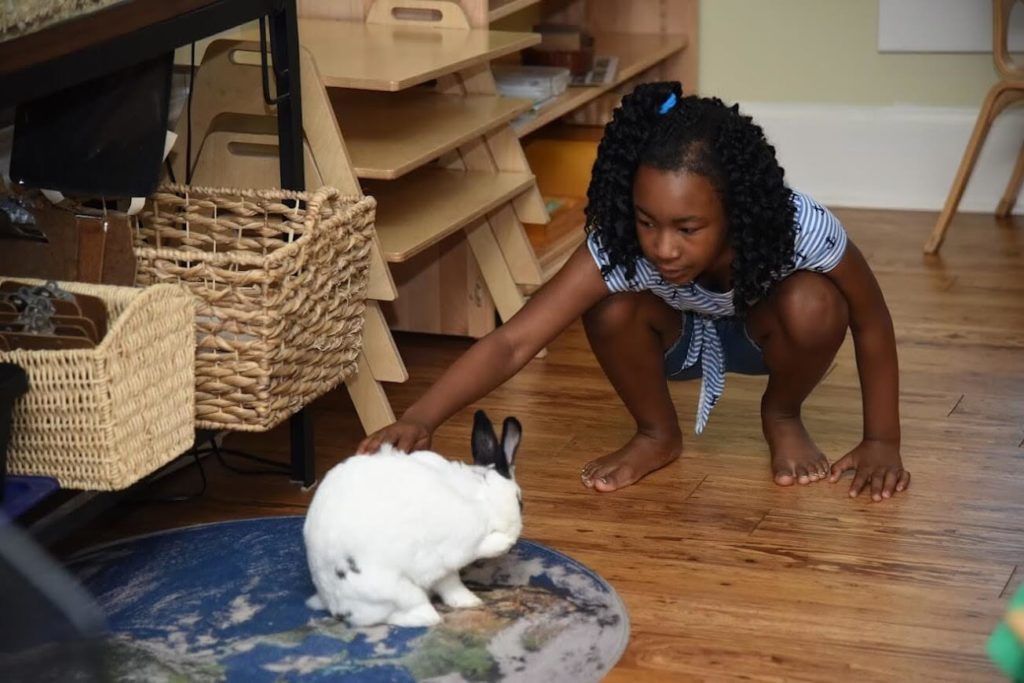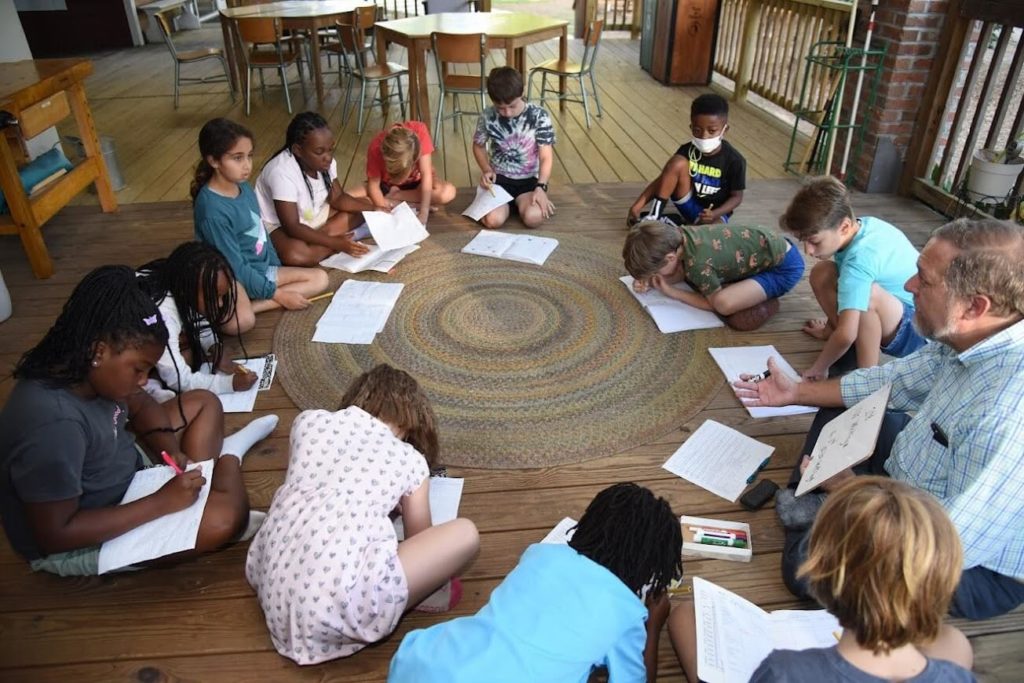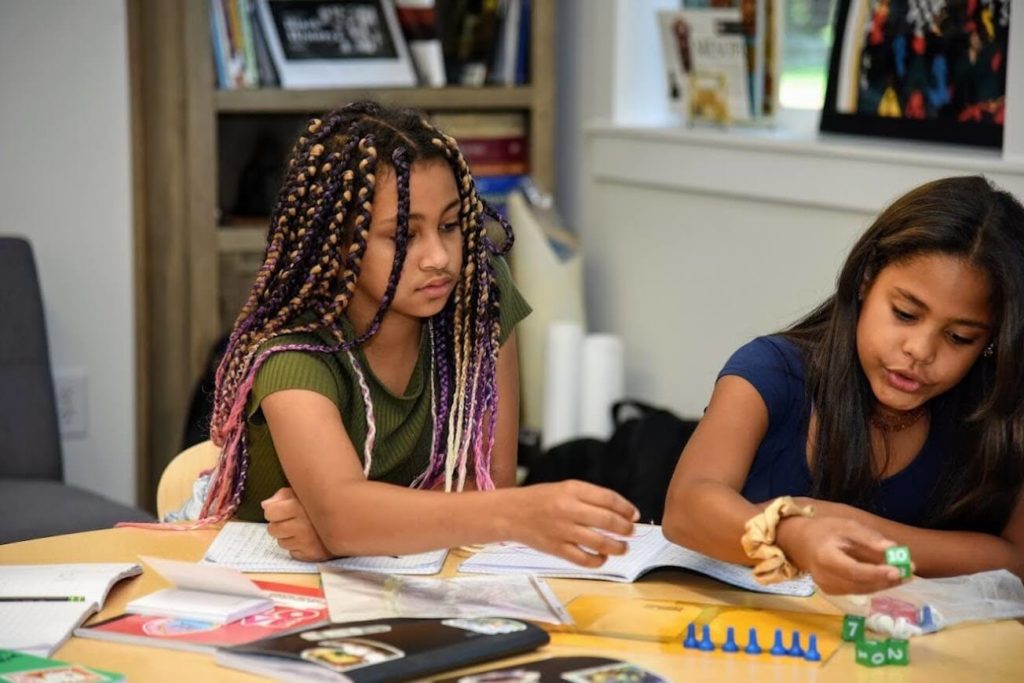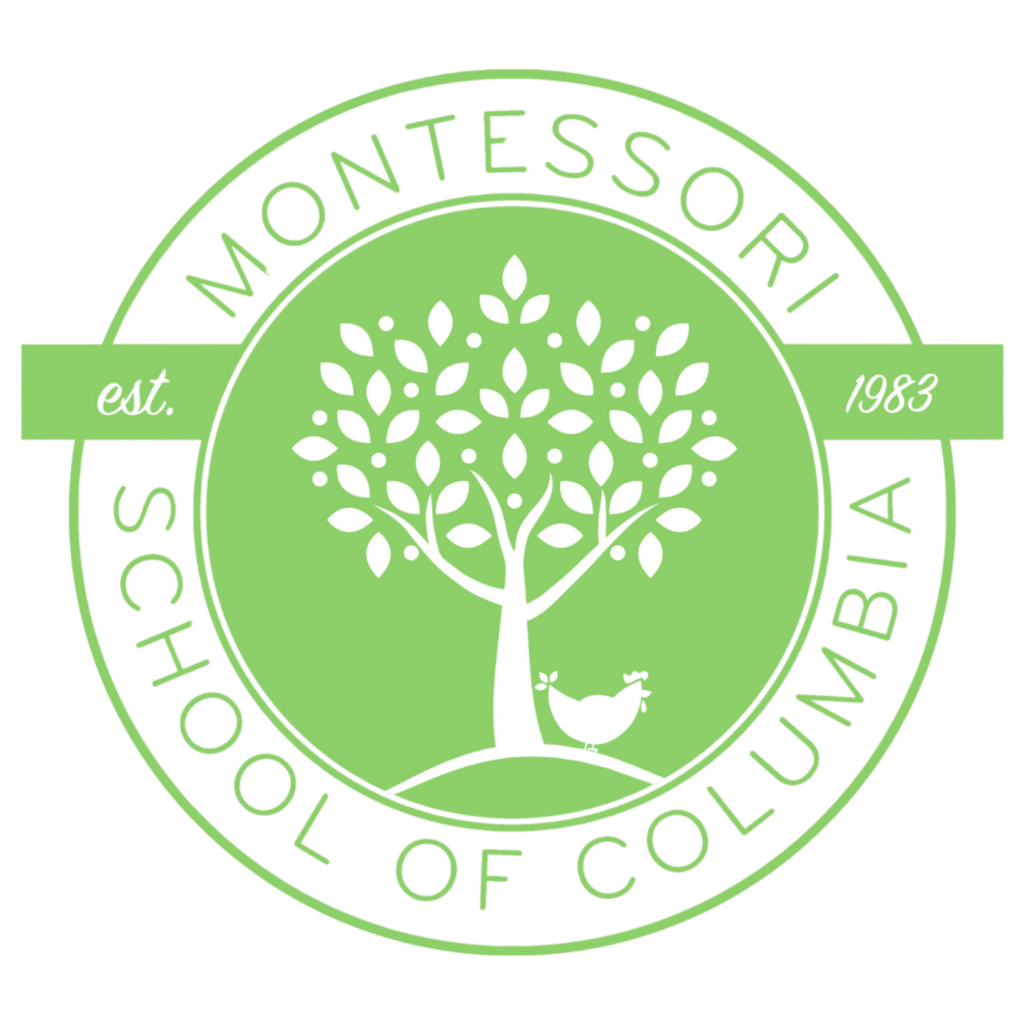“To aid life, leaving it free, however, that is the basic task of the educator.”
- Maria Montessori







“To aid life, leaving it free, however, that is the basic task of the educator.”
- Maria Montessori
Montessori Teacher
Our teachers act as observant mentors, avoiding interference to spark independence.
The Montessori method largely benefits from the departures it makes from traditional methods, dissociating the learning process from any type of overwhelming or stern conduct. The teachers’ behavior inside of the classroom is one of the key elements of our distinct and highly rewarding schooling structure.
Dr. Maria Montessori, the Italian physician, and educator responsible for conceiving the Montessori method, did so by conducting several observation experiments with children from different age groups. After years of study, she concluded that young students are not empty vessels that’ll learn by listening passively. Instead, they’ll retain more information as active and autonomous participants in the learning process.
Our teachers work on top of that philosophy. They act as observant mentors, letting your child free to make decisions about their work, improving their inner motivation, and helping them to take ownership of their education.
Guides Acting on a Scientific Base
Observation is the key component of our approach. It’s the teacher’s responsibility to take notes and track each child’s individual progress, getting involved to assess development or discuss the task only when necessary. The tasks are often brief and precise, increasing in level of complexity as your child progresses through our programs.
Throughout our Montessori Curriculum, students participate in various activities that are constantly changing formats. There will be individual and group tasks, and a lot of emphases on hands-on tasks, often involving the use of Montessori Materials. Children’s behavior is observed individually during all activities, and the information obtained is later used to formulate specific tasks that will awaken the self-reliance aspects of your child.
Less Interference Turns Into More Productivity
In our mixed-age classrooms, students are free to discover learning outcomes on their own, working at their own pace, and with no deadlines in sight. The Montessori teacher allows students to choose the order in which they do their work and the subject they’ll spend most of their time with.
However, that freedom doesn’t mean that specific subjects will go unnoticed just because the student doesn’t show a particular interest in them. All the ground will be covered, only with different levels of commitment to each segment. As a genuine believer in children’s potential, the teacher will always be ready to have a one-on-one talk with a struggling student or change the classroom dynamics if they notice the group is stagnant.
The Montessori Teacher Training
Teachers at MSC come from different parts of the country and belong to different backgrounds and age groups. But they do share two things in common: they are highly capable in their field, with a shared immovable passion for the Montessori method.
You can explore more info on our teaching staff in the Our Staff.
In order to fulfill the teacher role at the Montessori School of Columbia, a person must have:
- A true love of children and animals
- A bachelor’s degree
- A teaching certificate from the American Montessori Society (AMS) or the Association Montessori Internationale (AMI)
What the Montessori Teacher Brings to the Table
Montessori teachers can cultivate independence by providing measured levels of freedom of choice and proper guidance throughout our learning programs: Primary Program, Lower Elementary, Upper Elementary, and Middle School. This rupture of traditional and often mandatory learning processes allows children to unlock their potential far more easily, becoming the most absorbent, curious, and confident versions of themselves.
- Act as observant mentors. Never oppositors
- Nurtures a deep respect for each child’s individuality and pace of learning
- Enable children to explore multiple learning outcomes
- Provides segmented tasks to awaken students’ curiosity
- Tracks student’s performances to verify strong points


